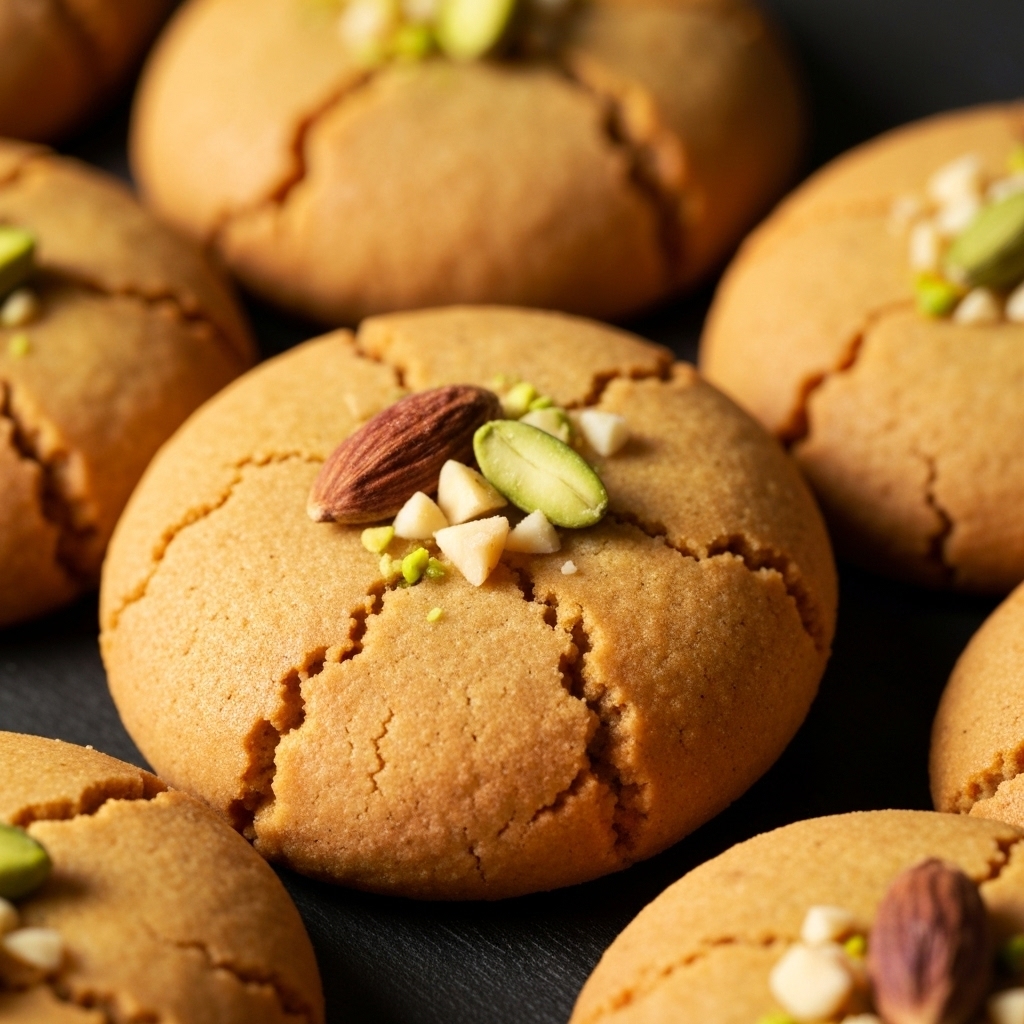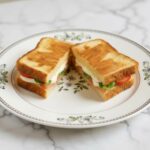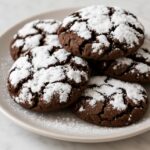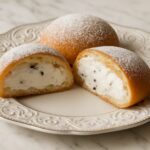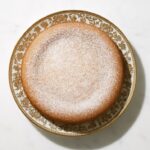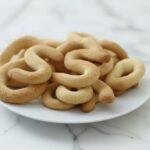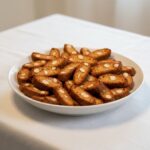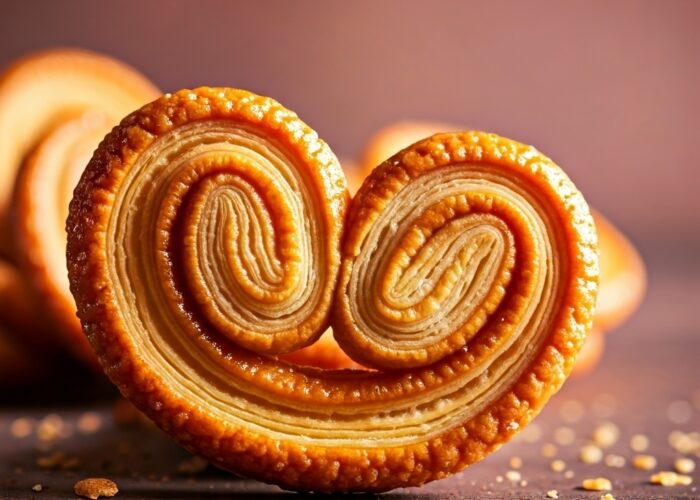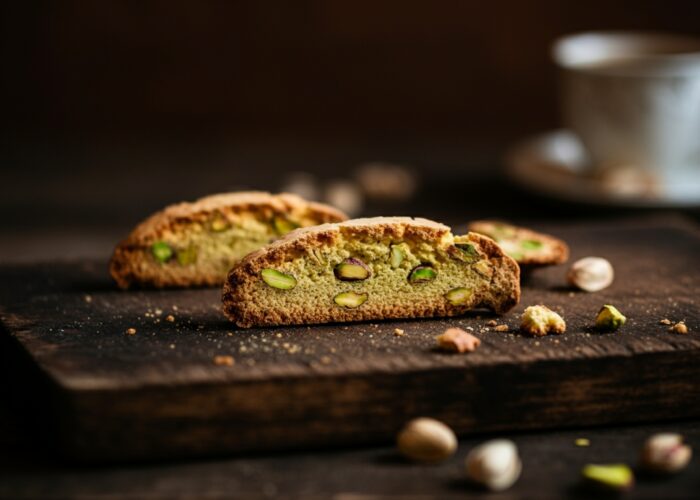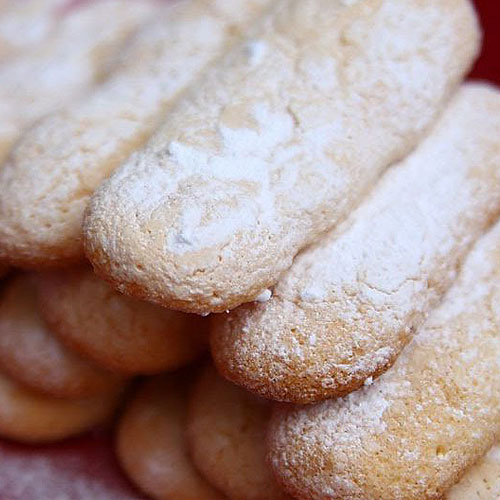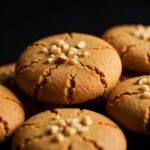
Nankhatai: Classic Indian Shortbread Cookies
Nankhatai is a traditional Indian shortbread cookie loved for its crumbly texture and aromatic flavor. Popular across the country, it’s a favorite treat during festivals and a comforting companion to a cup of chai.
These golden, melt-in-your-mouth cookies have a way of bringing people together over a hot cup of chai. But did you know that this humble shortbread has traveled through history, cultures, and kitchens to land on your plate? Let’s dig into the story that makes Nankhatai more than just a cookie.
The roots of Nankhatai trace back to the 16th century in the bustling port city of Surat, Gujarat. Back then, Dutch and Portuguese traders introduced European baking techniques to the region. Local bakers, especially from Iranian and Parsi communities, began experimenting. They took European-style shortbread and gave it a desi twist—more ghee, no eggs, a hint of cardamom—and voilà: Nankhatai was born.
They used locally available ingredients and spices to create a cookie that suited Indian preferences. The name “Nankhatai” comes from the Persian words “naan” (bread) and “khatai” (biscuit), highlighting its hybrid origins. Nankhatai stands out because of its simple ingredients and eggless recipe, making it especially popular with vegetarians.
Nankhatai has a crumbly, melt-in-the-mouth texture that sets it apart from regular cookies. It’s mildly sweet and beautifully aromatic, thanks to cardamom and ghee. The cookies bake into golden rounds with a slightly cracked top, perfect for festive gift boxes or daily snacks.
Nankhatai at Home
Nothing beats homemade Nankhatai. No fancy ingredients. No mixer needed. Just a bowl, your hands, and a warm oven. And the best part? It’s naturally eggless, making it a go-to for vegetarians (and anyone avoiding eggs). You can tweak the recipe to suit your mood, less sugar, more spice, gluten-free flour, vegan ghee. The possibilities are endless. You can tweak the recipe to your liking, add chocolate chips, nuts, or swap ghee with vegan butter. Nankhatai is more than just a cookie. It’s a piece of culinary history, a symbol of cultural fusion, and a beloved Indian snack.
Easy Homemade Ghee Recipe
Prep Time: 5 minutes
Cook Time: 20–25 minutes
Yields: About 1 to 1.5 cups (from 500g butter)
Ingredients:
500g unsalted butter (preferably organic or grass-fed), Just one ingredient
Instructions:
Melt the Butter: Place the butter in a heavy-bottomed pan over medium heat. Let it melt completely. It will start to foam, this is normal.
Simmer and Separate: Once melted, reduce the heat to low. The butter will bubble and separate. The milk solids will sink to the bottom while the top forms white foam.
Cook Until Golden: Keep cooking gently. Stir occasionally so the milk solids don’t burn. After 20–25 minutes, the ghee will turn golden and smell nutty, and the milk solids will be lightly browned. Watch closely toward the end, the milk solids can burn quickly!
Strain and Store: Remove from heat. Let it cool for 2–3 minutes. Strain the ghee through a fine mesh strainer or cheesecloth into a clean, dry glass jar. Cool Completely Before Sealing. Let the ghee cool fully before sealing the jar. It will continue to thicken as it cools and turn a soft golden yellow.
Storage:
Shelf life (room temp): Up to 3 months.
In the fridge: 6+ month. No need to refrigerate if your kitchen stays cool and dry>
Always use a clean, dry spoon to scoop it out to avoid contamination
Storing Nankhatai Cookies
Ghee-based cookies tend to improve in flavor a day or two after baking as the spices and fats meld together. So go ahead and make a batch in advance. Nankhatai has a long shelf life compared to many other cookies, thanks to its low moisture content and the use of ghee instead of butter or oil. Here’s how to store it properly:
To keep your Nankhatai fresh and flavorful, store the cooled cookies in an airtight container at room temperature, preferably in a glass or metal jar with a tight-fitting lid. They stay crisp and delicious for up to 2 to 3 weeks when kept in a cool, dry place away from sunlight. If you live in a humid climate, you can refrigerate them but always bring them to room temperature before serving to restore their soft, crumbly texture. For longer storage, Nankhatai freezes beautifully, simply place them in a freezer-safe container with parchment paper between layers and thaw at room temperature Freezer life: Up to 2–3 months, when ready to enjoy. You can even reheat them in a low oven for a few minutes to bring back that fresh-baked aroma and crunch.

